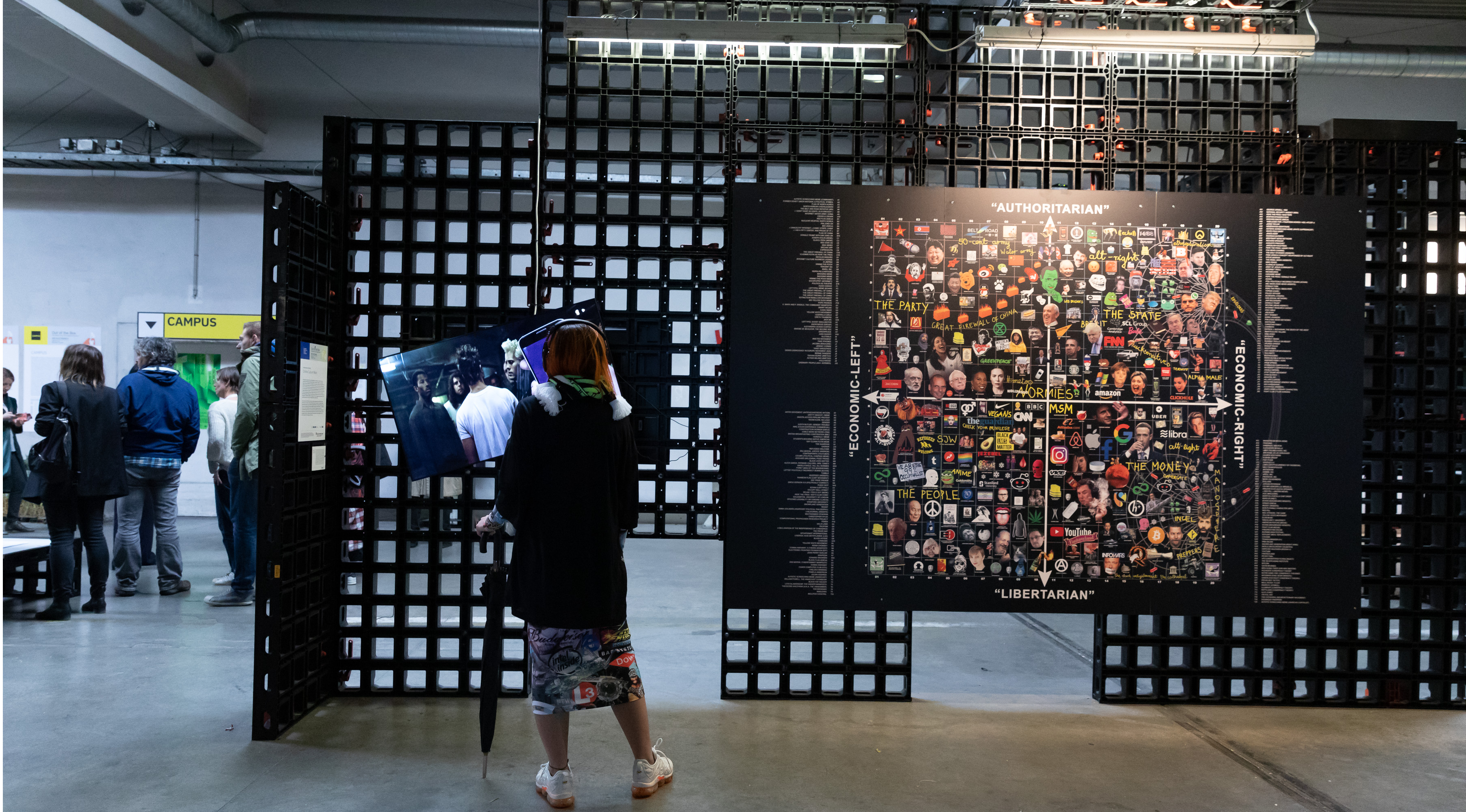Social media is a new digital conflict driver that has exacerbated behaviors and dynamics that lead to polarization; it is also an entry point for intervention.
Polarization is a flowing, dynamic process that is inextricably mingled with conflict escalation, by which a self-reinforcing and autocatalytic spiral cooperates to separate ideologies or identity groups into increasingly distanced adversaries. As a process, it is best defined by its dynamics.
As a conflict escalates, stereotypes and vilifications emerge about the other side. Former neutral, moderating, or mediating individuals and institutions are silenced or pulled out of their central placements. Accordingly, important lines of communication and interaction that are normal to peaceful relationships are cut off, and trust diminishes. Less communication leads to less information and biased expectations about the other group increase. Because parties have fewer ties to individuals from the other group, they may feel freer to employ more severe actions or rhetoric against that group. Groups assume more rigid and radical positions that are further reinforced by in-group homogeneity and cohesiveness. Like a forceful river, people and structures are swept from their adjacent positions on the bank and pulled toward poles. Polarization is a human dynamic, happening offline long before finding new roots online.
However, the social media stream is cutting new pathways into the landscape, forming new tributaries and currents into this river. Namely, it offers two key affordances that increase polarization: (1) profiling and algorithms drive engagement; (2) nudges foster compulsion and dependency on engagement. Targeted messaging and advertising tailors political and cultural messages, usually to increase the support or cohesion of a group. Algorithms reinforce worldviews by putting like-minded content and people at the forefront and preferences content that creates more engagement. The attention-for-profit motive incentivizes this emotionally heightened content that generates outrage or dedication; persuasive tech design creates an addiction to participating in the process of polarization by engaging with that content. Furthermore, social media affordances enable new polarizing dynamics and abuses: Computational propaganda, conflict diffusion, conditions of contact, hate speech, surveillance, recruitment, and more.
The current monetization model of social media makes it unlikely that these affordances will go away any time soon, so what can we do to work within them? Use profiling and nudging to increase connection. Projects like The Commons in the USA and Maskani in Kenya show that these affordances can also allow for new access points for conflict engagement. In both examples, people are made aware of the river and its pull, and are given ideas and incentives to reverse the flow of polarization within their own networks towards more connection, more trust, constructive conversation, and inclusion online. Depolarization is also a human dynamic, and through projects like these, it is beginning to find new pathways online.


